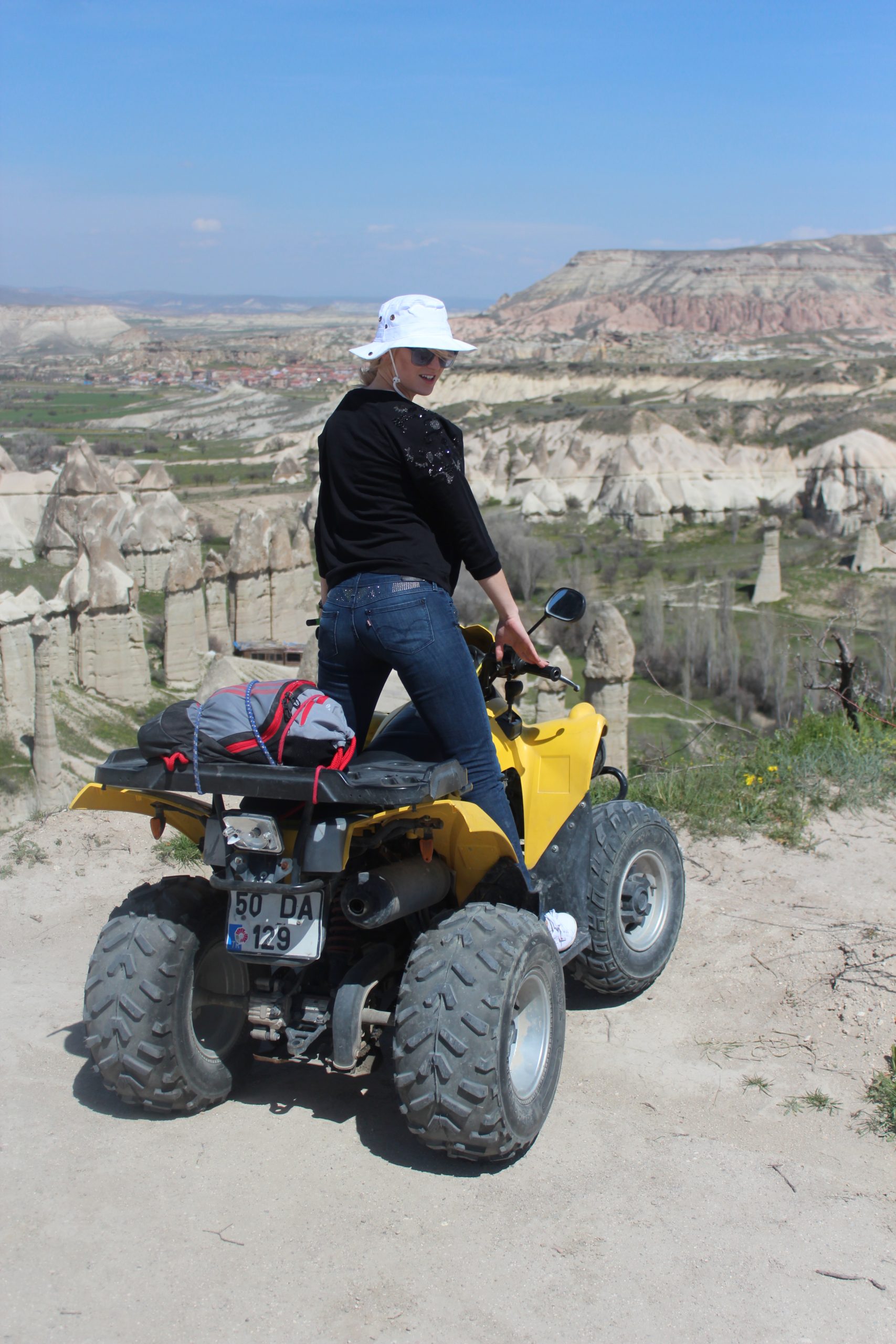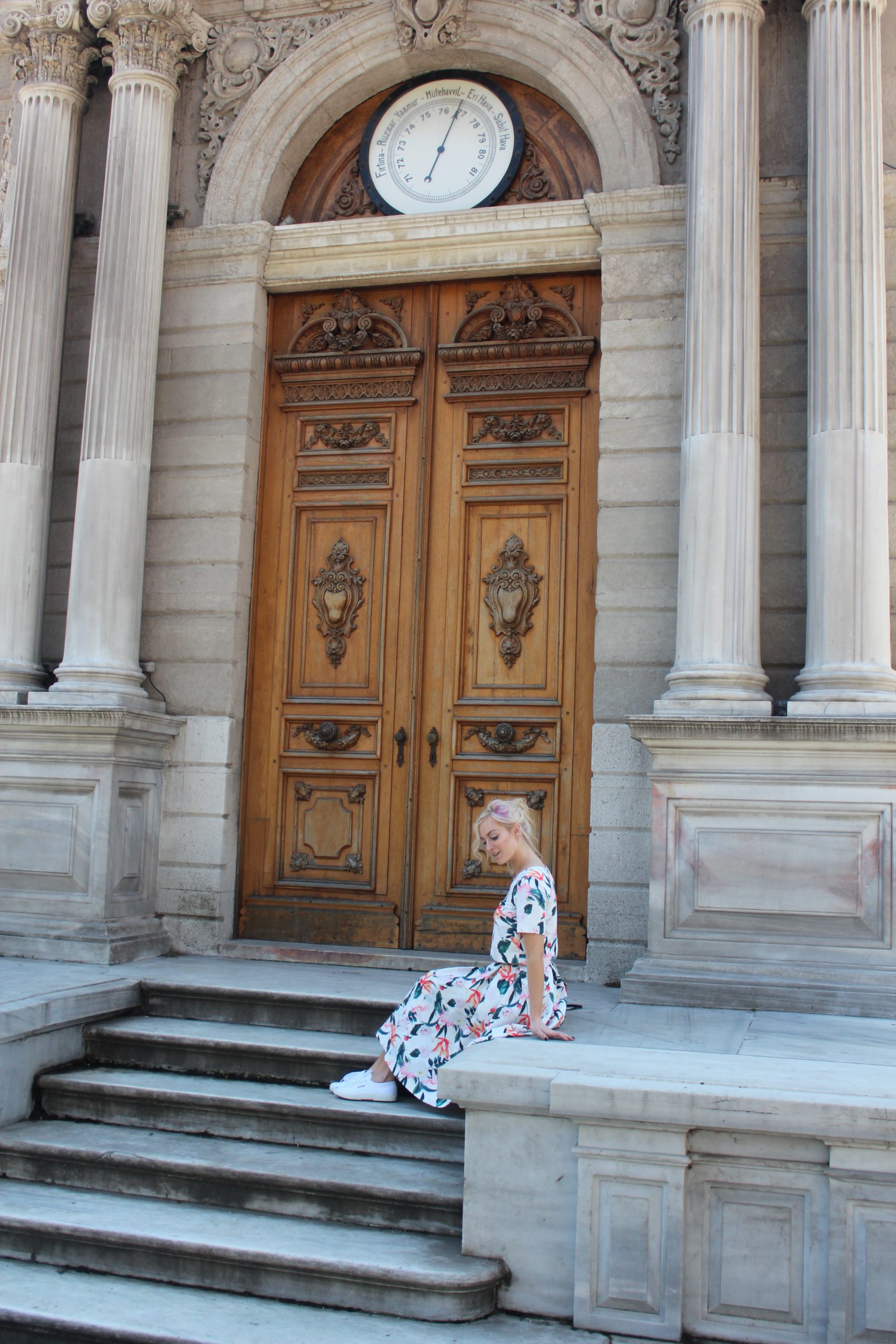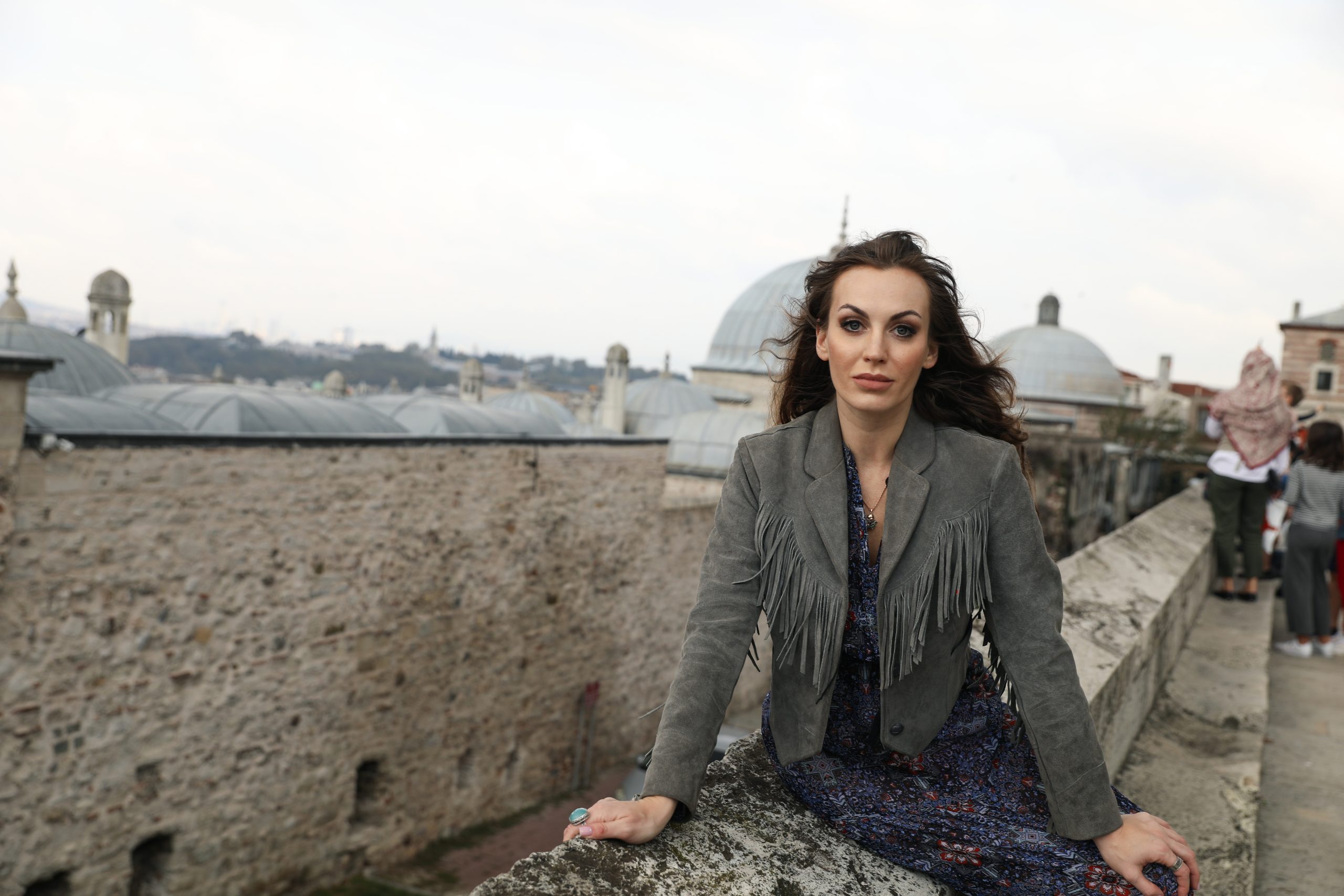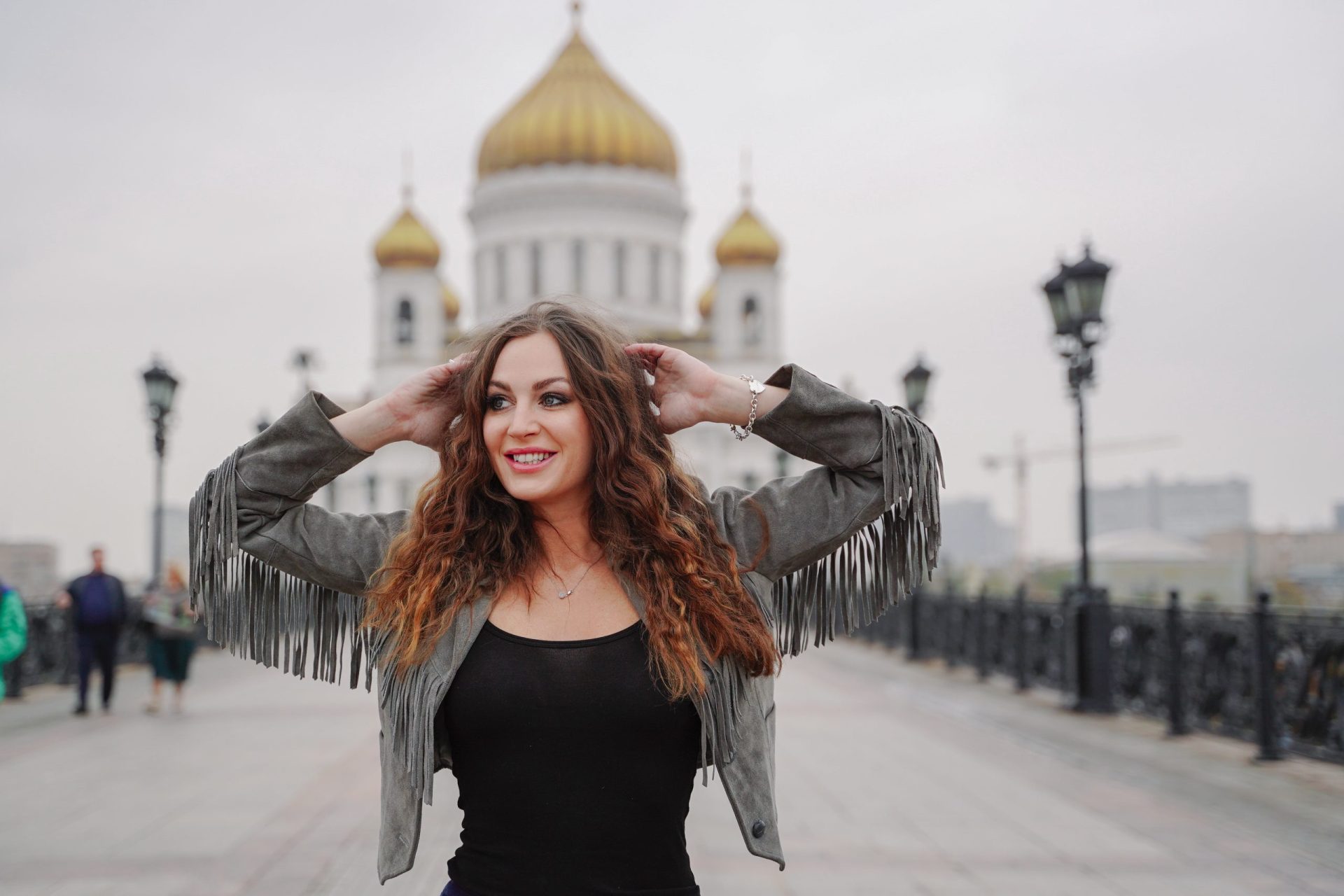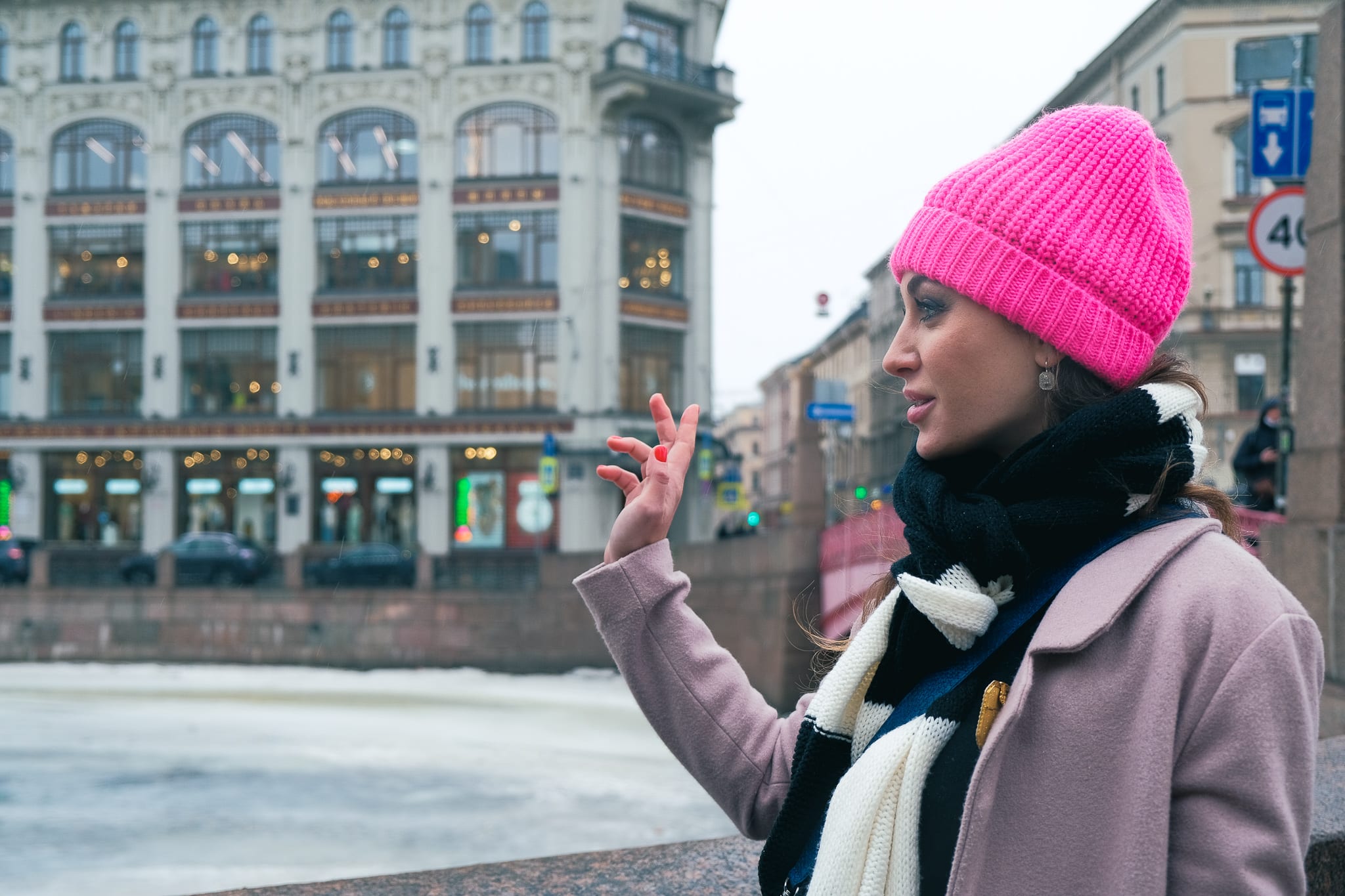
3 Must Visit Museums of Saint Petersburg, Russia
Saint Petersburg is a museum haven. Surveying them must touch your soul and will evoke a different emotional stream in you. Let us delve into these dazzling masterpieces! Let’s take a look at St, Peterburg’s best museums and see why it’s one of the best things to do in St. Petersburg.
Best museums to visit in Saint Petersburg
Hermitage
The most renowned museum in St. Petersburg is the Hermitage. It is among the finest collections on the globe that may be seen at the old palace of the Romanov Czars, which is well worth waiting in line for.
It is somewhat like riding a subway at rush hour, lined with the artistic works of Rubens, Matisse, Raphael, and Van Gogh hanging on the walls of the train if one happens to visit at one of the most crowded times. The beautifully decorated and polished hallways are a joy to walk through.
A visit to the Hermitage could easily last 36 hours and yet feel unaccomplished. The Royal Apartments of the Winter Palace are as fascinating as the artwork that adorns the walls. The Hermitage is filled with lovely statues, sculptures, and other objects that seem as if they came from a storybook. Because of this, youngsters get less crabby at the Hermitage than they do at other museums.
In the Small Hermitage, my Russian friends often recommend the Pavilion Hall as their preferred venue. It is known for its unique mosaics and the fantastical Peacock Clock, which is from the collection of Catherine the Great.
Russian Museum in Saint Petersburg
Russian art at the palace includes icons of medieval religion and avant-garde masterpieces, like Kandinsky and Malevich. It is housed within the ornate, yellow-and-white Mikhailovsky Palace, which is based in a palace dating from the 19th century and is, in some ways, the most modern museum in Moscow. It demonstrates how art should best be displayed according to those who curate it. This exhibit showcases the modern world’s views on lighting, preservation, and restoration. Wall captions are in English, Japanese, Chinese, and Russian, and special exhibitions are held from time to time.
In this vast collection of Russian art, iconography is perhaps its most striking feature. Several 20th-century artists whose works are displayed at the Russian Museum have been very fortunate, including Chagall, Kandinsky, and Tatlin. By avoiding and ignoring the Stalinist aesthetic dictates, they predated or evaded the regime’s standards.
Finally, the museum contains an entire wing dedicated to folklore and crafts representing all parts of the former Union of Soviet Socialist Republics (USSR). There are incredible examples of antique and modern woodcarving, needlework, tapestries, brocades, and ivory that give a clear understanding of the items sold in tourist stores as works of imitation or attempt.
In Russian crafts workshops, children can learn how to make ceramics, weaving, or dolls by participating in workshops led by Russian artists every Sunday morning.
The Museum of Anthropology and Ethnography
A baroque building dating back to the 18th century, situated on Vasilevksy Island, houses a museum with an eclectic style that is at once charming and worrisomely outdated.
As you move through rooms filled with African, Japanese, and American imported relics, you are enveloped by an air of nostalgia, mustiness, and a faint, eerie opulence. The sentiment is echoed by our memories of museums before the introduction of interactive and colorful exhibits. This is one of the lesser known museums of St. Petersburg.
A grim collection of gravely macabre artifacts is on display, among them deformed babies, twins floating in glass bottles, twins, two-headed babies, and the skeleton of the famous giant named Bourgeois, who Peter brought back from France. Several preserved animals, including lizards, insects, frogs, and crustaceans, are available for viewing, along with two-headed calves, dental tools from the 1940s, and tooth specimens. Other accumulations include mineral specimens, botanical specimens, and insects.
Fascinating displays such as this would never be allowed in our institutions. So, learning about Peter the Great’s expectations that the public showing of these anomalies would, in some way, remove the widely held belief that they were the Devil’s tactics is quite interesting. Also, these traditional beliefs have been replaced by the scientific theory that congenital abnormalities are caused by pregnant women’s fear and “psychosis.”
I hope this article convinced you to include theme great museums into your St. Petersburg travel itinerary

